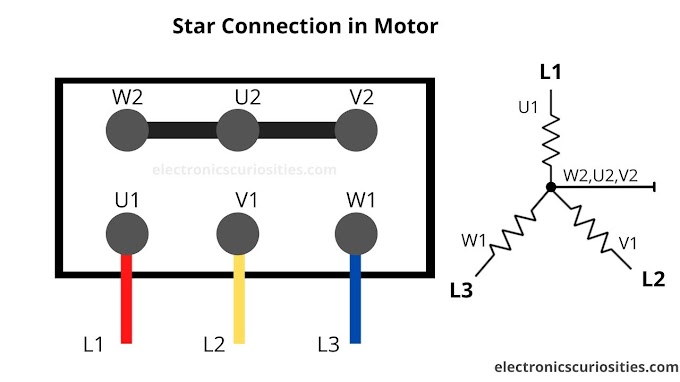Node MCU ESP8266 interface with PIR Motion Sensor with code
The project uses PIR sensor to sense the motion of human and turns ON an LED to detect the motion. When movement of human will be detected by the PIR sensor. PIR Sensor provides a triggering pulse to NODE MCU GPIO Pin 5 which is data D1 0n board.
Node MCU ESP8266
PIR Motion Sensor
Components Required
- NODE MCU ESP8266
- PIR Sensor
- LED
- Breadboard
- Jumper Wires
LED +ve to D4 and -ve to GND of NODE MCU
PIR MOTION SENSOR
- VCC = 3.3V
- OUTPUT = D1
- GND = GND of Node MCU board
What is a PIR sensor module?
The PIR sensor is used to detect infrared radiation. This makes them useful in detecting moving organisms that emit infrared radiation.
The PIR sensor output (voltage) is high when it senses movement, and it is low when there is no movement (stationary object ).
PIR sensors are used in many applications such as room light control using human detection, human movement detection for home safety purposes, etc.
For more information on the PIR sensor and how to use it, see the article PIR sensor
Connecting the PIR sensors to Node MCU is very easy. The PIR works as a digital output. See pictures for more details.
Most PIR modules have a 3-pin connection on the side or bottom. The pinout can vary between modules so check the pinout carefully! Power usually includes 3-5v DC.
How do you connect the PIR motion sensor?
Connecting the PIR sensors to the microcontroller is quite easy. The PIR works as a digital output so all you need to do is listen to the output pin when HIGH pulse (Motion Detection) or LOW Pulse (Not Found). Enable PIR with 5V VCC and connect the ground to the ground. Then connect the output to the digital pin of the Microcontroller Board.
What is a PIR sensor output?
Output: High digital pulse (3V) when motion is detected and idle (no motion detected) low digital pulse.
Which sensor is used in the PIR?
An Passive infrared sensor (PIR sensor) is an electronic sensor that measures infrared light (IR) from objects in their field of view. They are often used in PIR-based motion sensors.
1 2 3 4 5 6 7 8 9 10 11 12 13 14 15 16 17 18 19 20 21 22 23 24 25 26 27 28 29 30 31 32 33 | int LED = 2; int SENSOR_OUTPUT_PIN = 5; void setup() { pinMode(SENSOR_OUTPUT_PIN, INPUT); pinMode(LED, OUTPUT); Serial.begin(9600); } void loop() { int sensorvalue = digitalRead(SENSOR_OUTPUT_PIN); Serial.println(sensorvalue); if (sensorvalue== HIGH) { digitalWrite(LED, HIGH); delay(1000); } else { digitalWrite(LED, LOW); } } |
YOU TUBE VIDEO
If you still have any questions related to this article, then you can message me on my social media accounts.






